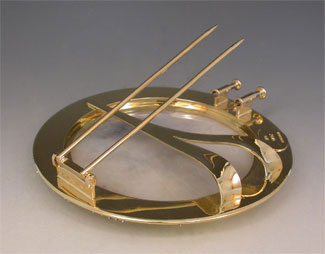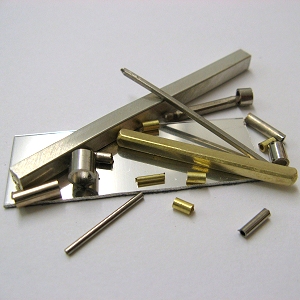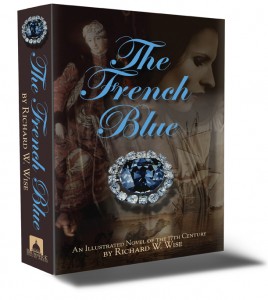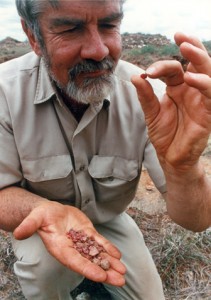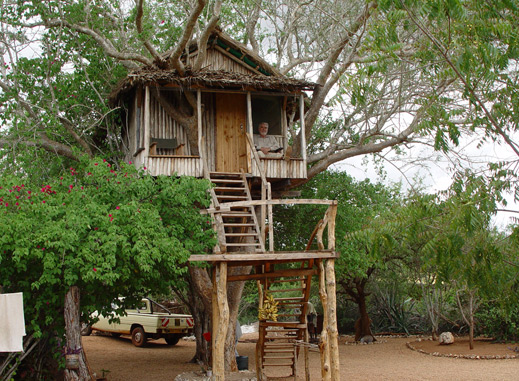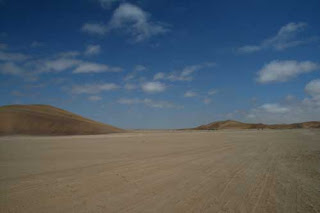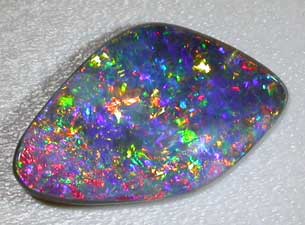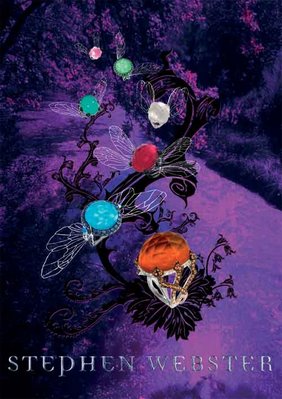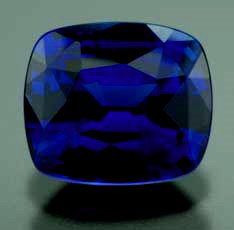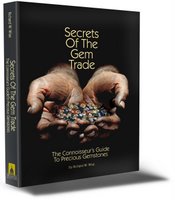Blood Diamonds, Blood Gemstones
by Richard W. Wise

The much feared, long anticipated movie Blood Diamond opened December 8th and has succeeded in resurrecting the debate about the use of diamonds to finance armed conflict in Africa. Numerous media outlets have done features on conflict diamonds and the industry is nervously chewing its fingernails waiting to see o what extent the negative fallout will impact Christmas sales.
Blood Diamond is a fairly well crafted action-adventure flick set in the West African country of Sierra Leone and features Leonardo DiCaprio, Jennifer Connelly and Djimon Housoun. DiCaprio plays the cynical diamond smuggler, Connelly an idealistic but tough-minded reporter with azure eyes to die for and Housoun the part of Solomon Vandy, a simple fishermen who, along with his son Dia, is forced into slavery in the diamond fields; Soloman finds a big rock and the action begins. DiCaprio wants the diamond, Connelly a story and the fisherman wants to retrieve his son who has been turned into a child soldier.
Some reviewers have had difficulty seeing the good looking DiCaprio in a tough-guy role. I have no such difficulty. DiCaprio doesn’t overplay it. He displays just the right combination of punky-arrogance and fits the part well. As for Connelly’s character, a lonely expat’s dream, I met my dream one night years ago in Kowloon and will never forget the night.
The locales fairly reek of authenticity. Speaking as one who has been there, I can say that the film suceeds in capturing the real look and feel of real gem workings and the back-alley hubbub of boom-town commerce as it exists today in many places, not only in Africa but in Southeast Asia and South America as well. For a look a the real thing see my Ruby Boomtown: http://www.colored-stone.com/stories/jul06/madagascar1.cfm
Although Blood or conflict diamonds have been a front burner issue for several years, diamonds are not the only gemstone or the only commodity used to exploit and enslave our fellow man. If you drink Florida orange juice, eatin Burmese sugar, buy Chinese products, wear Egyptian cotton or eat chocolate , according to the 2002 issue of National Geographic, you may be funding human misery.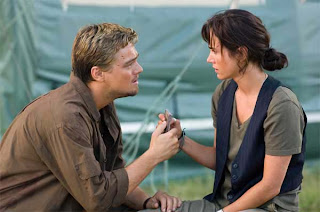
The U. S. currently imposes economic embargos on goods made in a number of nations, North Korea, Iran, Burma, in an attempt to economically throttle these malignant and repressive dictatorships. Does it do any good? Those who advocate the use of economic sanctions point to the experience in South Africa where a worldwide boycott, that somehow did not inclued diamonds, contributed to the fall of the white minority regime and the end of Apartheid. Others are not so sure!
Take Burma, a country that I have visited several times. The Burmese army has insinuated itself into and exerts a degree of control over all alspects of gem production from mining to cutting to distribution. Syndicates in which the generals are full partners, control all the larger mines in Mogok, the old ruby producing area of Upper Burma. If you are involved in large scale mining in Burma, you are in business with the army. However, much of the mining and more than half of the gemstones are produced by small-scale Mom and Pop opoerations that fly beneath the government’s radar. A sucessful boycott may hurt the bad guys but it will also have a devastating effect on small business as well. The General’s may have to cut back on their caviar ration but the little guy may literally starve.
“While Burma’s gem mines are nominally under the control of the military, the very nature of gem mining means that the lion’s share of production is smuggled out by freebooters. Funds from these smuggled goods sustain both odinary miners and traders, as well as rebel armies fighting against the Burmese military.” Richard Hughes
“Legal” gems are auctioned every year at the government-sponsored emporium. At the event held this October over a thousand merchants from twelve countries attended the event. Myanmar started to hold these gem shows in 1964 and since then the government has grossed 600 million dollars.
Part of the reason why the anti-aparthieid boycott suceeded in South Africa was that the boycott embarrassed the white power structure. White South Africans are culturally European and were shamed by their European and American cousins. These same countries were also South Africa’s main trading partners. Burma’s main trading partners are India and China and the generals have demonstrated that they simply don’t care what Europe and America thinks.
Highlights from our Antique Department:
Masterpieces of Art-Nouveau:
This original Art-Nouveau masterpiece by Lucien Gautrait appeared in Southeby’s Magnificent Jewelry auction in 1995. Very few signed pieces have survived from this period. Art Nouveau evolved out of the Arts & Crafts Movement and enjoyed a brief surge of popularity in the years between 1900-1910.
The piece features the plique a jour or “windowpane enamel technique that was perfected during this period. It is one of the most difficult and time consuming of all hand jewelry making techniques. This signed piece (pictured right) is of pierced 18k yellow gold, makes liberal use of plique a jour and is accented with emeralds and a natural pearl dangle.
perfected during this period. It is one of the most difficult and time consuming of all hand jewelry making techniques. This signed piece (pictured right) is of pierced 18k yellow gold, makes liberal use of plique a jour and is accented with emeralds and a natural pearl dangle.
Vivienne Becker in her seminal book: Art Nouveau Jewels, features several of Gautrait’s pieces and describes him as a “major Paris jeweler”. According to Becker: “master pieces of Art Nourveau jewels were the work of individual designers who presided over smaller workshops. These included Galliard, Gautrait and Lienard….” For a look at our gallery of fine antique jewelry: www.rwwise.com, click gallery, Antique…For further information call us at 800.773.0249.
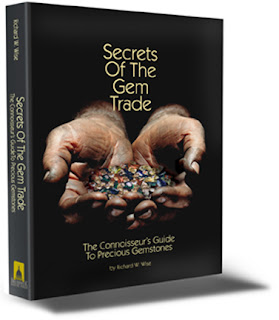
Interested in reading more about real life adventures in the gem trade? Follow me on gem buying adventures in the exotic entrepots of Burma and East Africa. Visit the gem fields of Austrailia and Brazil. 120 photographs including some of the world’s most famous gems. Consider my book: Secrets Of The Gem Trade, The Connoisseur’s Guide To Precious Gemstones. Now only $26.95. You can read a couple of chapters and order online: www.secretsofthegemtrade.com
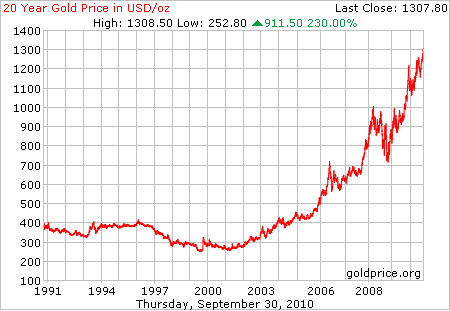 As gold prices pass the $1,300 per ounce mark, it might be useful to talk about the relationship between gold prices and the price of finished jewelry. In the late 1970s, during the first gold rush I can recall, prices seemed to go up every week culminating in a peak price of $850 per ounce in early 1979. During this period, we adjusted our prices weekly and often found ourselves raising the ticket price on finished pieces to keep up with our replacement cost.
As gold prices pass the $1,300 per ounce mark, it might be useful to talk about the relationship between gold prices and the price of finished jewelry. In the late 1970s, during the first gold rush I can recall, prices seemed to go up every week culminating in a peak price of $850 per ounce in early 1979. During this period, we adjusted our prices weekly and often found ourselves raising the ticket price on finished pieces to keep up with our replacement cost.
